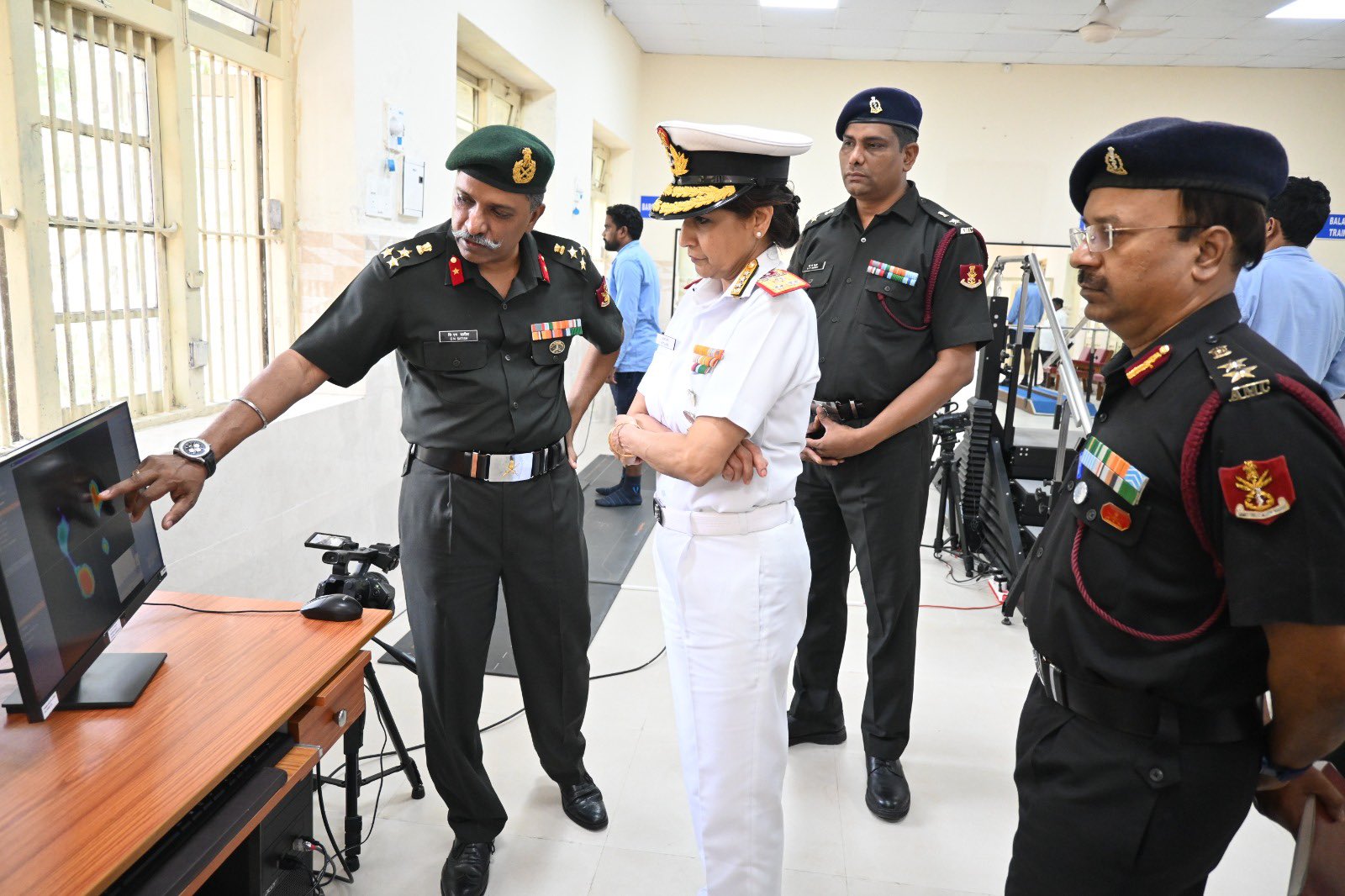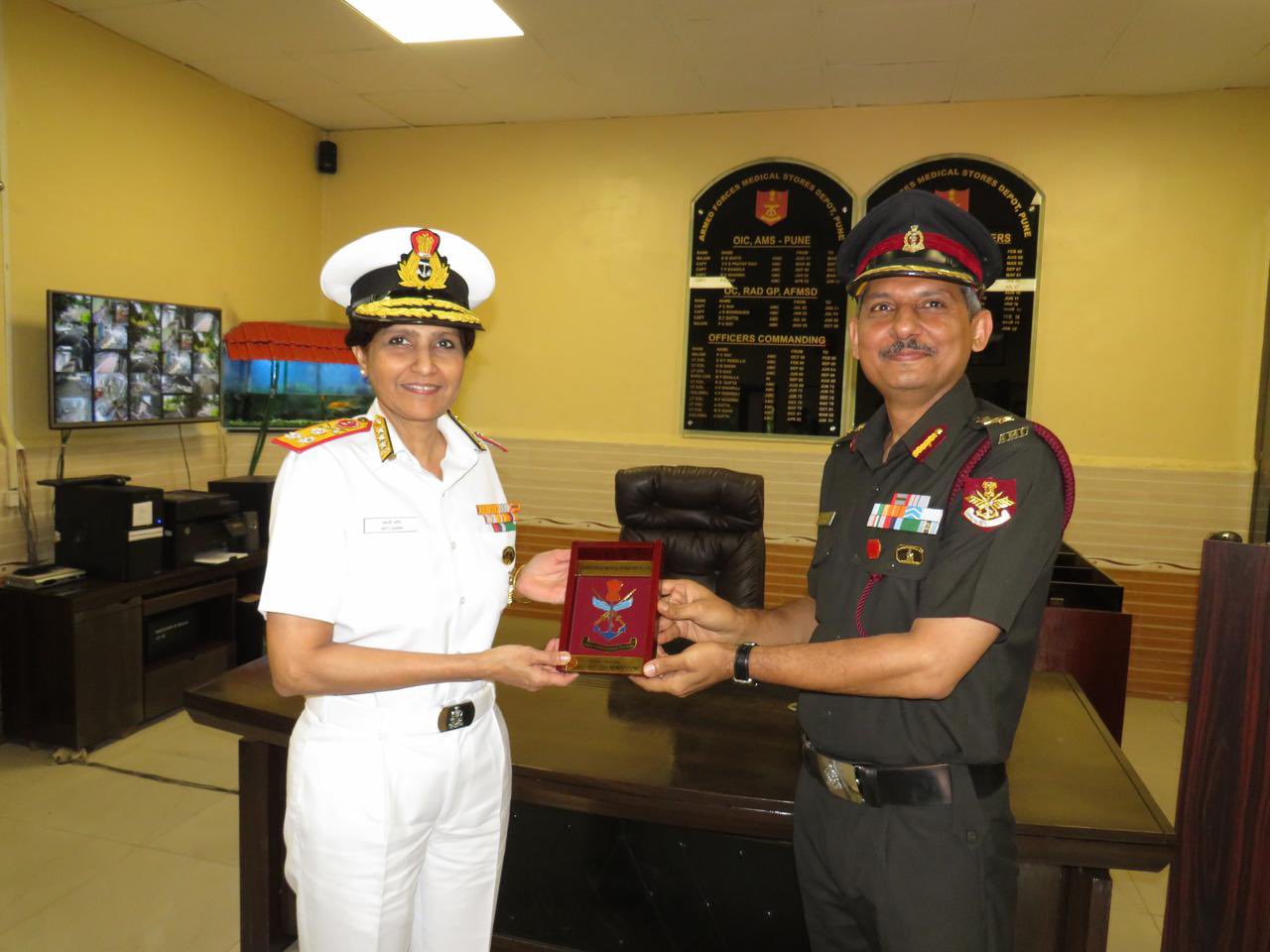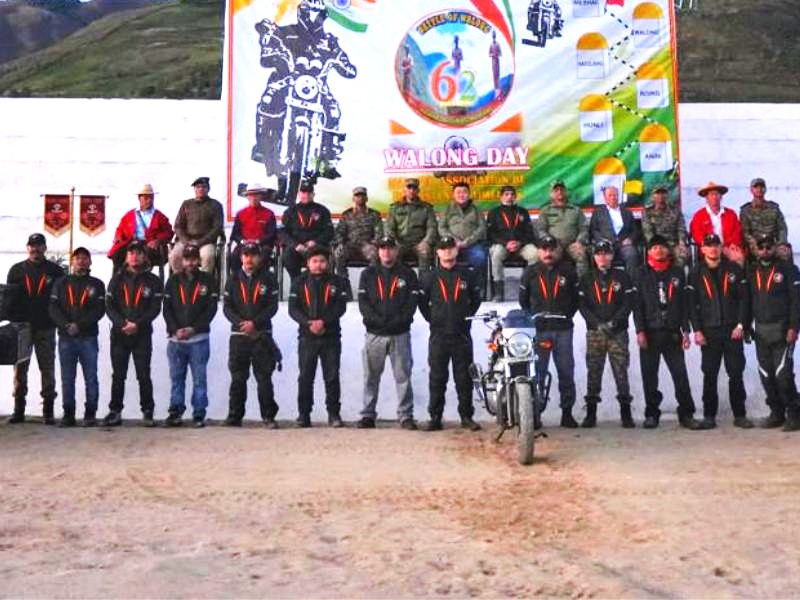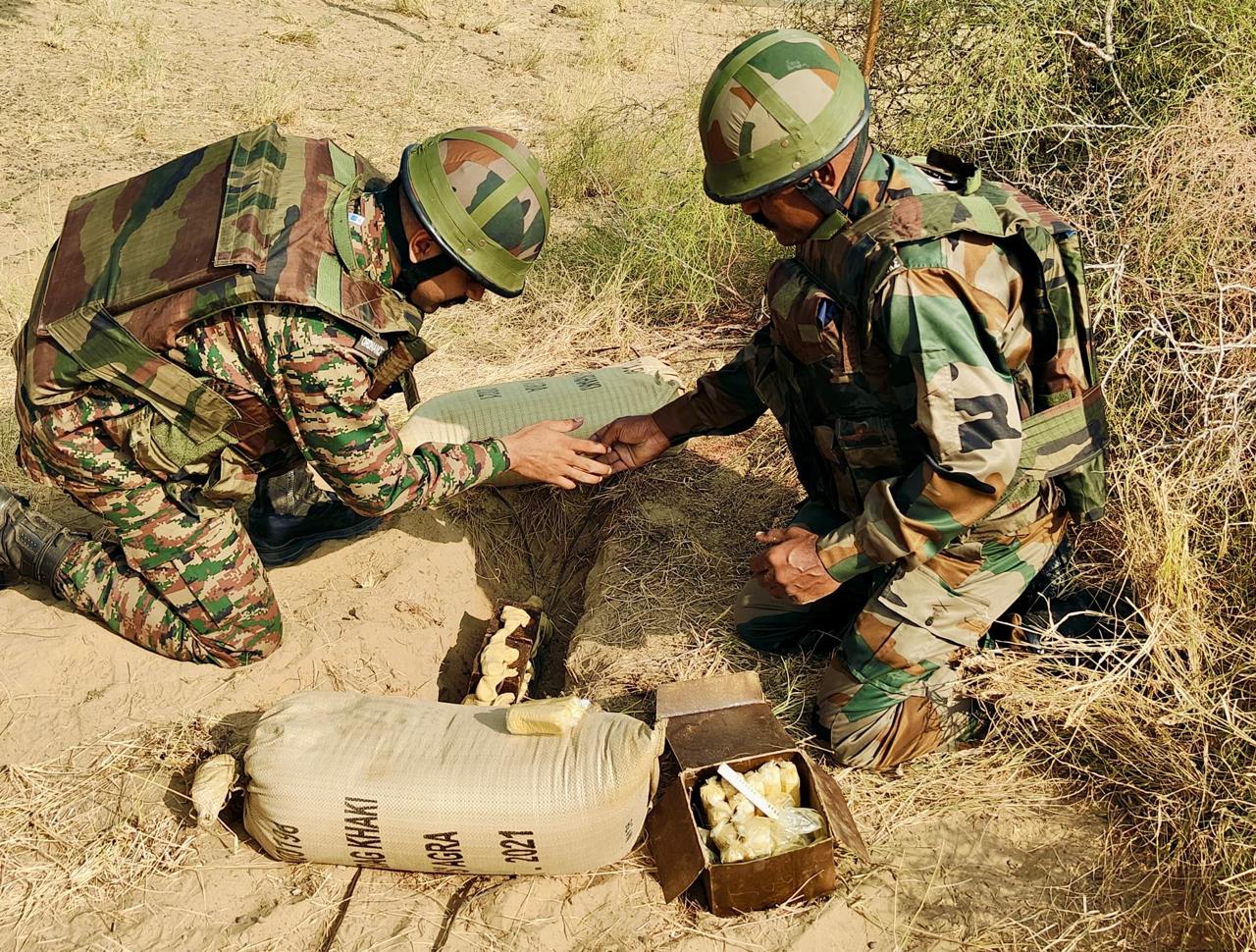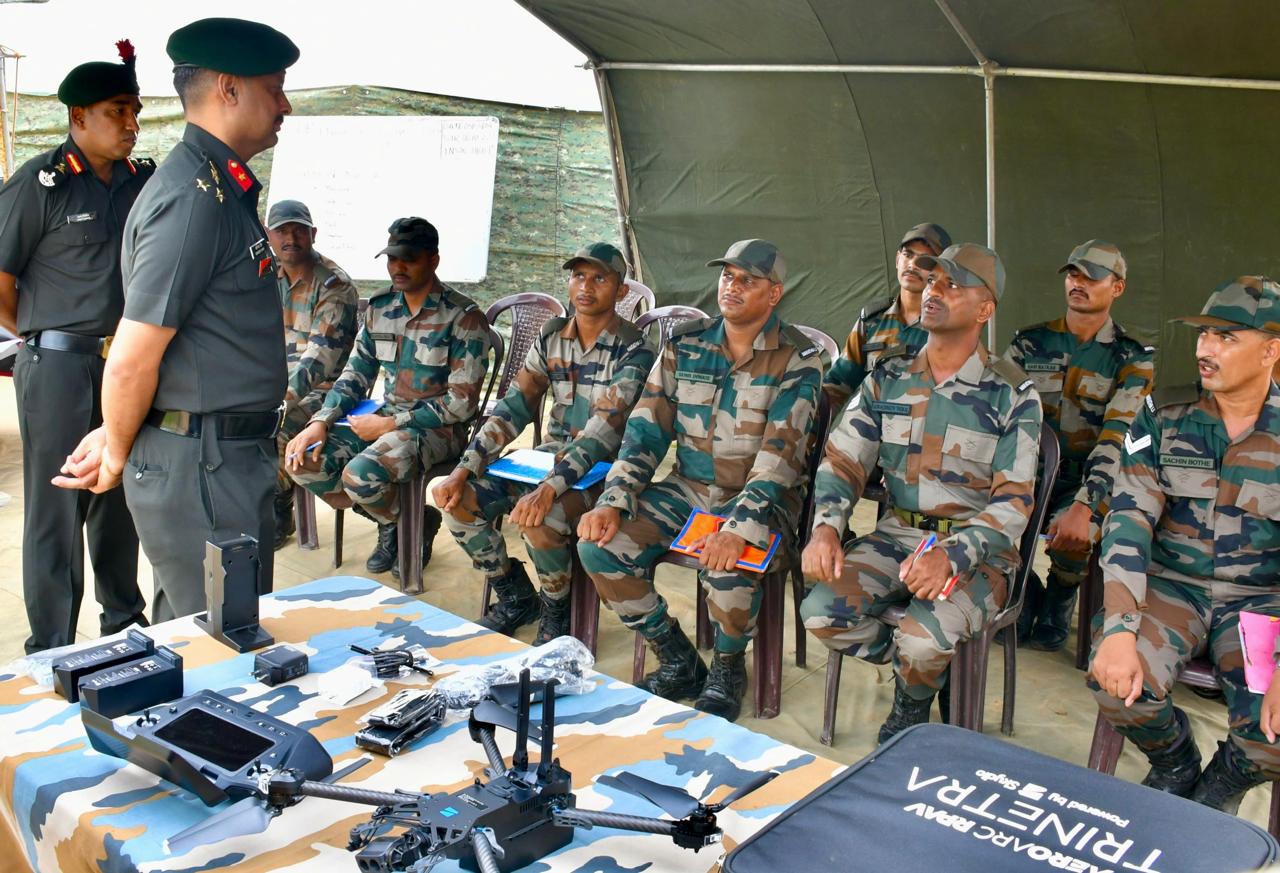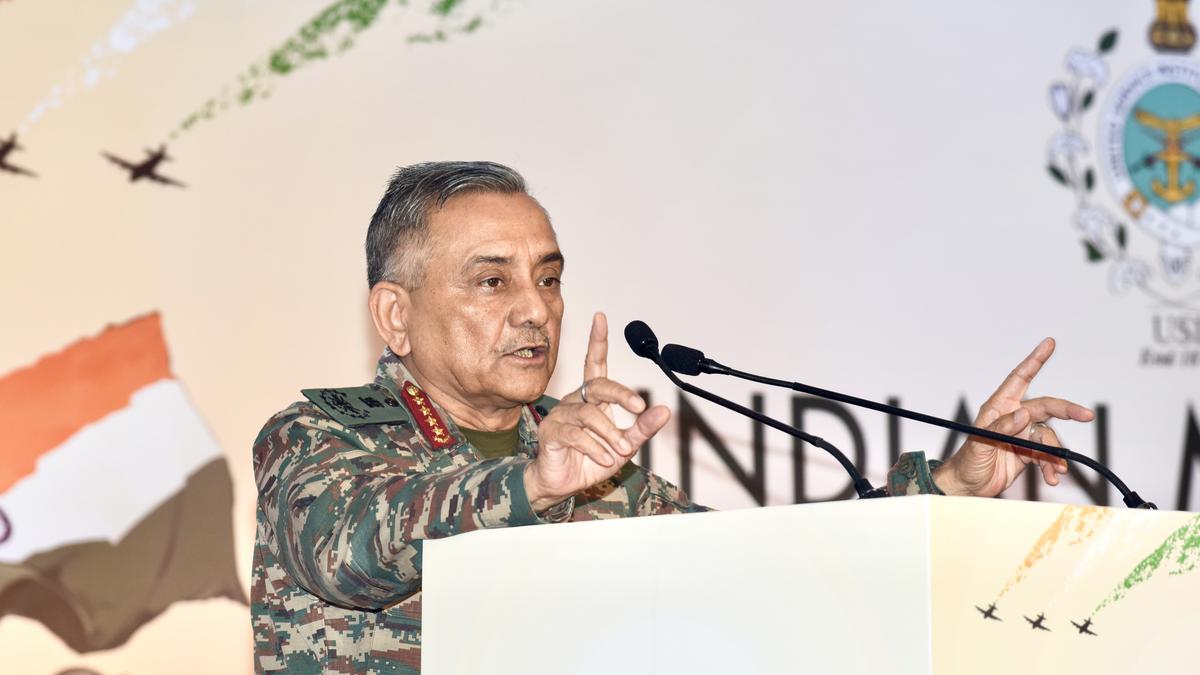Vice Admiral Arti Sarin Inaugurates Advanced Prosthetics and Orthotics Education Department at ALC Pune
Surgeon Vice Admiral Arti Sarin, AVSM, VSM, and Director General of Armed Forces Medical Services (DGAFMS), visited the Artificial Limb…
Vice Admiral Arti Sarin Visited AFMSD Pune
On November 8, 2024, Surgeon Vice Admiral Arti Sarin, AVSM, VSM, and Director General of Armed Forces Medical Services (DGAFMS),…
Indian Army Organizes Motorcycle Expedition to Commemorate Battle of Walong in Arunachal Pradesh
In a move to honor the sacrifices made by soldiers during the historic Battle of Walong, the Indian Army has…
Konark Tuskers Safely Neutralize Unexploded Ordnance in Jaisalmer
In a remarkable demonstration of their unwavering commitment to public safety, the Konark Tuskers of the Indian Army extended their…
Bald Eagle Brigade Conducted Drone Handling Training at Bhuj
As part of its ongoing #TechInfusion initiatives, the Bald Eagle Brigade has conducted an advanced Drone Handling Training capsule at…
General Anil Chauhan Launches Project ‘Shaurya Gatha’ at Indian Military Heritage Festival
Chief of Defence Staff General Anil Chauhan inaugurated the second edition of the annual Indian Military Heritage Festival (IMHF) in…

